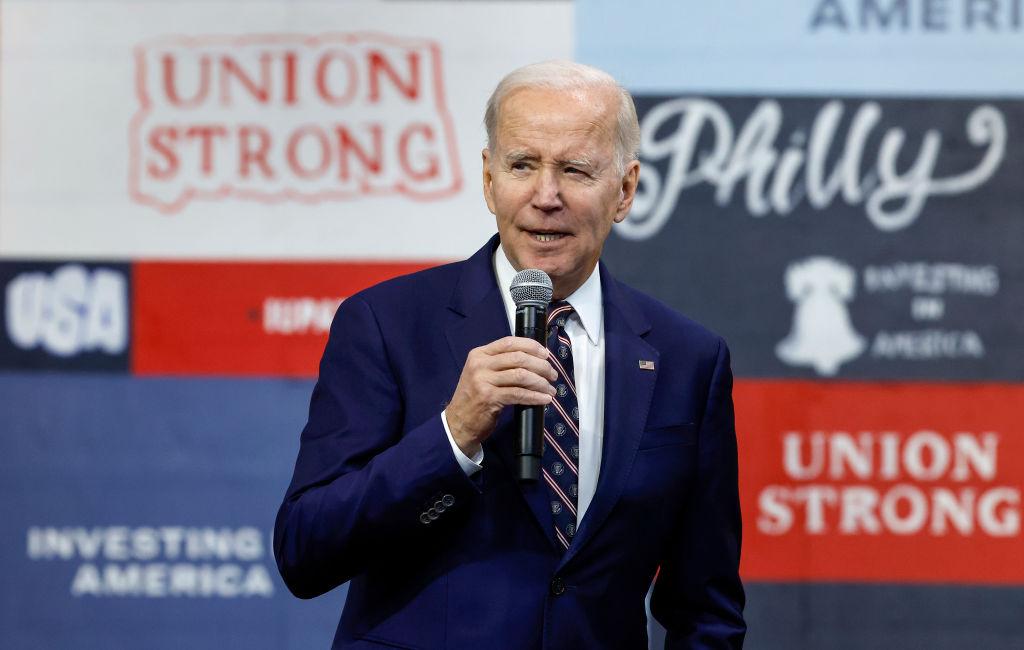Commentary
I don’t know when the debt ceiling will be raised, but it will be raised. Every time federal spending bumps up against the debt ceiling, we witness the same drama, a drama so predictable that you could almost call it a ritual: Republicans, citing a need for fiscal restraint, demand some cuts to federal spending; Democrats resist the proposed cuts; eventually, after playing “chicken” to see who will blink first before the U.S. Treasury suspends some payments, the two parties cut a deal, and Uncle Sam resumes the apparently unstoppable race toward ever-greater debt. It happens every time.





